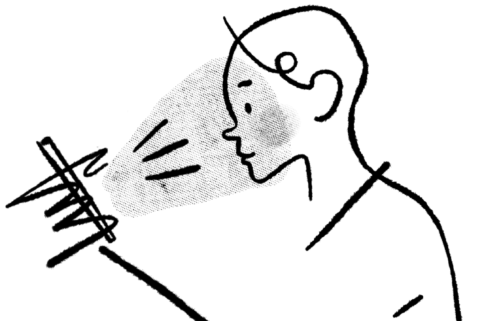There has been radio silence on the blog for a lot of this year as we (and everyone else in HE) have been busier than usual addressing the challenges that 2020 has brought. In the past few weeks we’ve finally found time for a breath and to think about posting again.
We’ve been following the work of others who are reflecting on the changes to education wrought by the pandemic, and one of the blog posts that we’ve been thinking and talking about the most is Dave White’s “The need for Presence not ‘Contact Hours’” from April. He reflects on the opportunity that these rapid and dramatic changes present to scrutinise why we do things a certain way in Higher Education, and to find the most effective learning and teaching practices in an online environment, rather than solely trying to replicate the face-to-face experience.
When, over the summer, we came to plan our professional development session on “Establishing a positive classroom culture online” (available to NTU staff in the School of AAH only), we referred back to some of the ideas in his post, especially the forms of online presence he suggested:
- “A fairly quick, reliable, turnaround to emailed questions
- Being active ‘live’ in forums or text chats (an ‘office hours’ approach to asynchronous)
- Lively synchronous sessions – such as, webinars with plenty of Q&A
- Artfully ‘flipped’ use of pre-recorded teaching videos
- Audio, video or text summative feedback (if it’s been created just for you then it’s always a moment of presence)
- …and of course face-to-face sessions in various forms.”
In discussions with teaching staff about how this works in practice, what comes up time and again is the importance of setting the expectations of when these moments of presence will be available, and where help can be found. After all, especially with more learning taking place at the students’ own pace, the times when help is required with an activity may not align with the instructor’s working hours. Students being given a clear outline of where and when the instructors’ expertise is available, whether that be provided synchronously (e.g. a live Q&A session) or asynchronously (a video of the instructor talking through a past exam paper, perhaps) reduces the odds of the student feeling isolated and adrift.
As we’ve thought more about presence this year, what has also become apparent is that instructor presence is just part of the picture; another important question is: how can we create and facilitate spaces for our students feel each others’ presence? Building in opportunities for collaboration between students is more important than ever to combat the sense of remoteness that can result when students don’t spend time together in a physical space. Missing out on the sense of communal presence, and those incidental conversations where ideas and support are exchanged between students, is something that David White also addressed in his recent keynote for the Online Educa Berlin conference:
This is such a significant area for us at the moment that we’re planning a whole blog post series, highlighting some of the ways that staff in our School have been creating opportunities for presence, whether that be their own presence for their students, or creating spaces for students to be present together.
